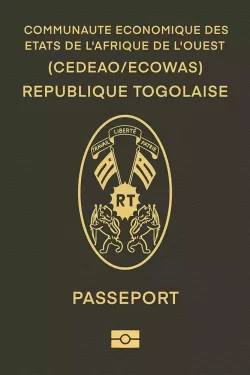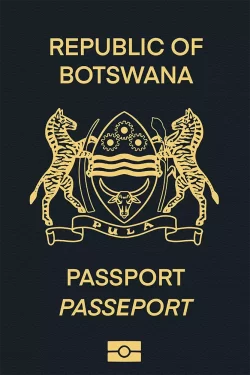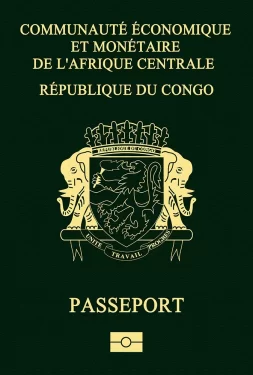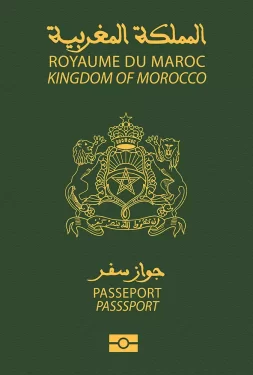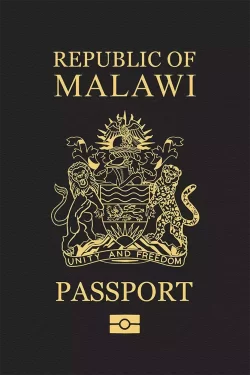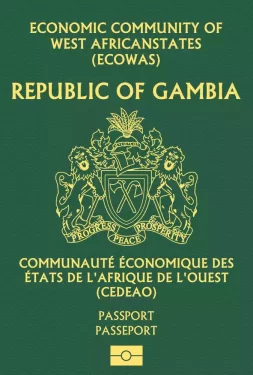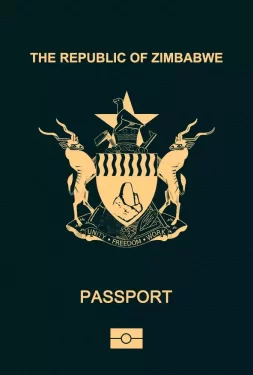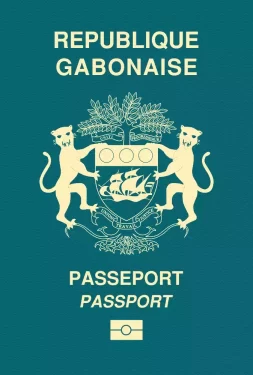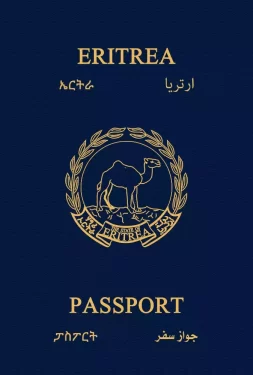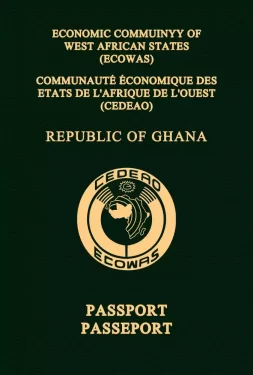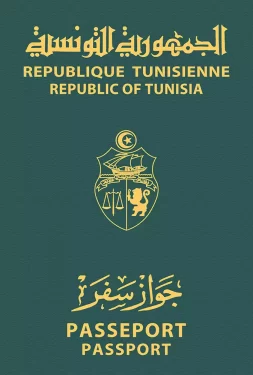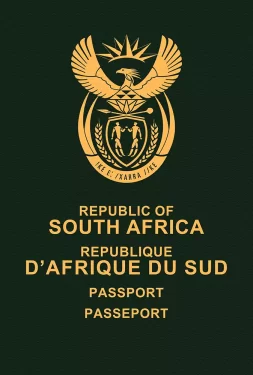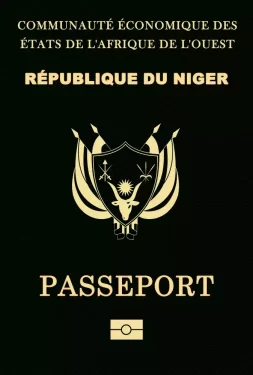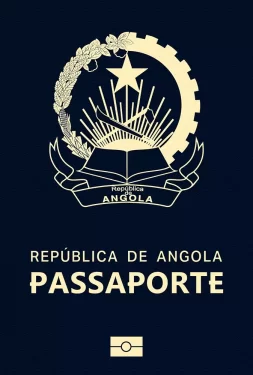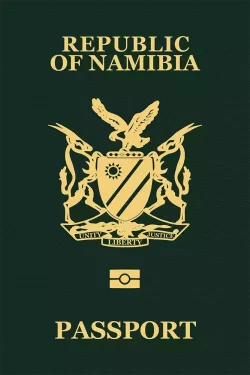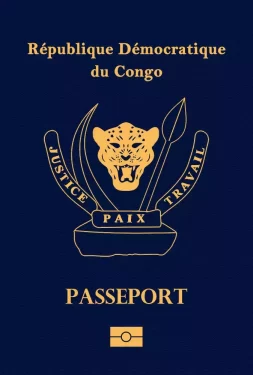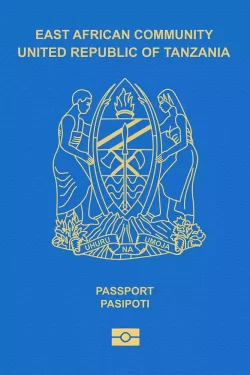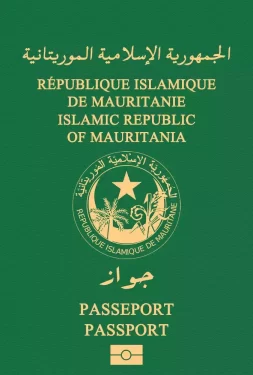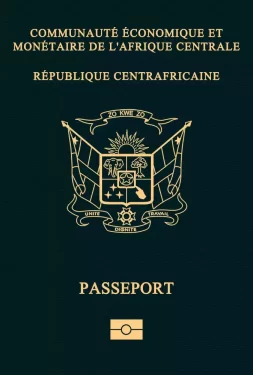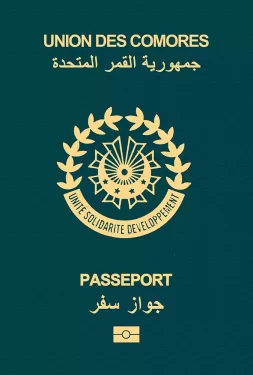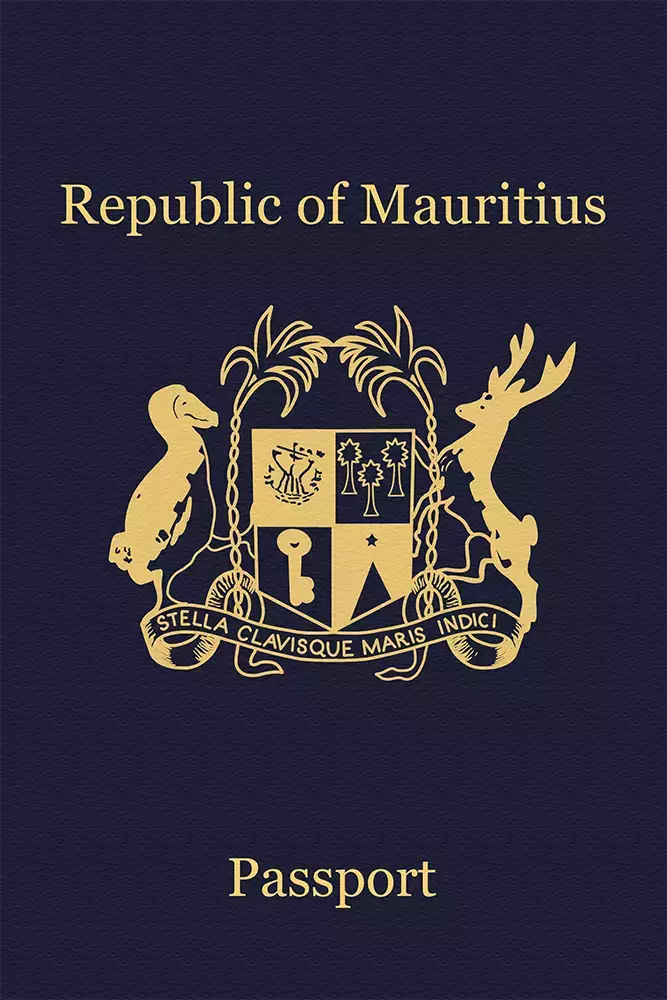
Mauritius
Mauritius passport ranking
The Mauritian passport is currently ranked 28th place on the Guide Passport Index. It provides visa-free access to 150 countries. This grants it an overall higher mobility score and makes it a desirable passport. Mauritian passport holders have visa-free access and visas on arrival to countries such as Singapore, United Kingdom, United Arab Emirates and the entire European Union. This allows almost instant travel opportunities to worldwide prime destinations. Mauritian passport holders do however require a visa to enter about 79 destinations. Some countries where a visa is required are Taiwan, the United States and Australia.
Mauritius Passport Ranking
The Mauritius passport ranking relative to other global passports is calculated by adding up the number of countries that allow Mauritius passport holders to enter without a visa (i.e. visa-free countries) and those that allow Mauritius passport holders to enter by obtaining a visa on arrival (i.e. visa-on-arrival countries) or an electronic travel authorization (eTA). There are currently a total of 118 Mauritius passport visa-free countries, 28 Mauritius visa-on-arrival countries, and 4 eTA destinations.
Altogether, Mauritius passport holders can enter a total of 150 destinations—either without a visa, through a visa on arrival, or via an eTA. As a result, the Mauritius passport ranks 28 in the world.
Separate from these Mauritius visa-free countries and visa-on-arrival countries, there are 79 additional destinations which Mauritius passport holders either need a physical visa to enter or an eVisa (i.e. visa required countries).
About Mauritius
The island Republic of Mauritius is a former French and British colony consisting of 9 districts. The most important districts are Plaines Wilhems, Flacq and Pamplemousses. It is situated in Southern Africa in the Indian Ocean east of Madagascar. The country has a surface area of 2,040 square kilometers. Its terrain is defined by a central plateau, encircled by mountains and small coastal plains. Its climate is tropical with a dry season from May to November and a wet, hot humid summer from November to May.
The overall population is over 1.3 million people. The capital of the country is Port Louis, which is also the most populous city with more than 147,066 inhabitants. Other major cities are Beau Bassin, Vacoas and Curepipe. The country’s largest airport is Sir Seewoosagur Ramgoolam International Airport (MRU) with over 3.7 million annual passengers. It is named after the first Prime Minister Sir Seewoosagur Ramgoolam. The airport provides access to worldwide destinations.
Until today, Mauritian culture is strongly influenced by the French colonial heritage. There is a mix of religions with Hinduism and Christianity as the main ones. The official languages are Creole and French. The Mauritian legal system is based on the French civil law. The government form is a parliamentary republic. The current chief of state is President Prithvirajsing Roopun and the head of government is the elected Prime Minister Pravind Jugnauth.
The official currency is the Mauritian Rupee (MUR), with a current exchange rate of MUR 43.70 to the USD. The country has an open economy, generating a GDP of approximately $31.7 billion. This makes it the 31st largest economy amongst the African countries. Its citizens have a per capita income of $25,029. The GDP is mostly made up of the services, industry and agricultural sector. Tourism plays an important role as GDP contributor. Agricultural products such as sugar are the backbone of Mauritian exports.
Mauritius is an incredibly popular tourism destination. The country is filled with a variety of urban and natural tourist attractions. It is known for its vast beaches and nature. There are two UNESCO world heritage sites around the county. Some of the major destinations include Charamel, Flic en Flac, the capital Port Louis, le Morne, the Black River Gorges National Park and Château Labourdonnais. Mauritius has a total of approximately 1.4 million tourists visiting every year with the majority originating from Europe.
